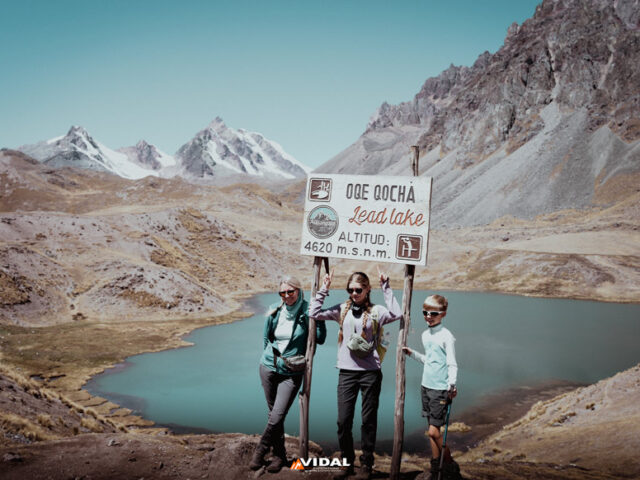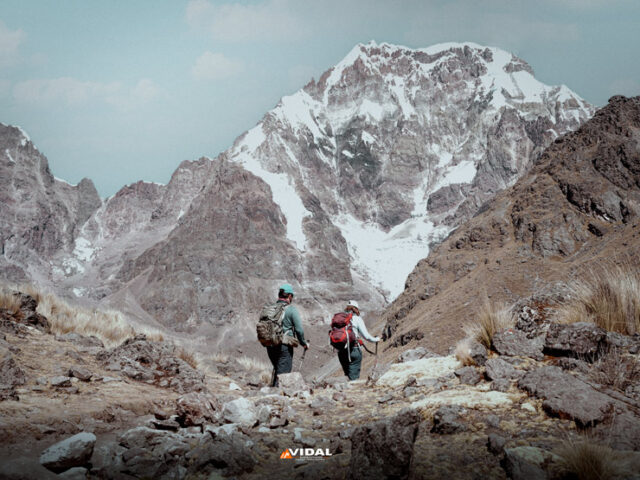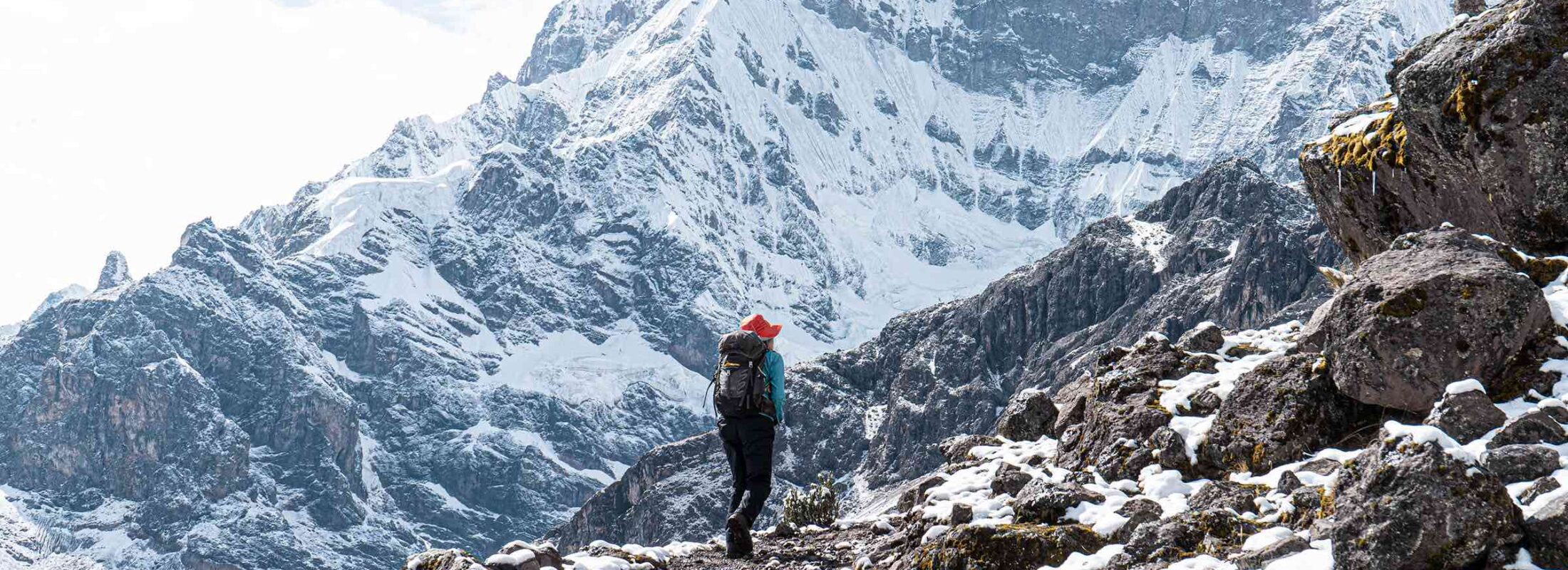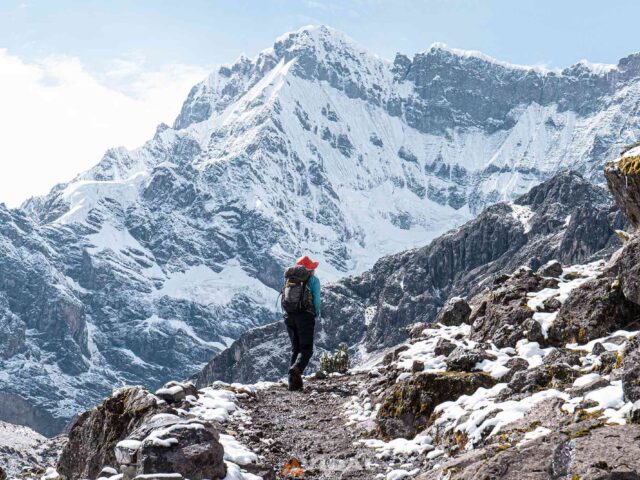Ausangate
The Sacred Mountain of the Andes
The Ausangate region is a stunning and remote area in the Andes of Peru, renowned for its dramatic landscapes, rich cultural heritage, and connection to the Andean spiritual tradition. The region is dominated by Ausangate Mountain, which rises to an elevation of 6,384 meters (20,945 feet), making it one of the highest peaks in Peru. It is located approximately 100 kilometers southeast of Cusco, in the Vilcanota Mountain Range
Geography and Location:
Ausangate is part of the Vilcanota mountain range, which stretches across southern Peru. It lies to the southeast of Cusco, the former capital of the Inca Empire, and is easily accessible from the city for those interested in trekking or mountaineering.
The mountain’s glacial summit is surrounded by high-altitude lakes, snow-capped peaks, and deep valleys.
Cultural and Spiritual Significance:
Sacred Mountain: Ausangate holds profound spiritual significance for local indigenous communities, particularly the Quechua people. In Andean culture, it is considered a sacred mountain (Apus) and is associated with fertility, water, and spiritual power.
Pilgrimages to the mountain are common, especially during the Qoyllur Rit’i festival, an important religious event where thousands of pilgrims gather to celebrate and seek blessings from the mountain.
Ausangate Trek:
The Ausangate Trek is one of the most popular and challenging trekking routes in Peru, offering trekkers an opportunity to experience breathtaking landscapes, remote villages, and high-altitude adventure.
The trek usually takes 4 to 6 days, covering a distance of around 70 kilometers (43 miles), and passes through stunning natural features like turquoise lakes, glaciers, and rugged valleys.
Altitude: Due to the high altitude, trekking around Ausangate requires proper acclimatization to prevent altitude sickness. The trek involves some of the highest passes in Peru, with altitudes exceeding 5,000 meters (16,400 feet).
Scenic Beauty: Hikers are treated to incredible views of snow-capped peaks, glacial lakes, and rolling valleys, and can spot local wildlife, such as llamas, alpacas, and vicunas.
Wildlife and Flora:
The Ausangate region is home to a variety of Andean wildlife, including Andean condors, vicuñas, and pumas(though sightings are rare).
The trek passes through diverse ecosystems, from high-altitude grasslands to glacial regions, providing a unique chance to see a range of plant and animal species adapted to extreme conditions.
Trekking Logistics:
Best Time to Trek: The dry season (May to September) is the best time to undertake the trek, as the weather is more predictable, with clear skies and fewer chances of rain.
Difficulty: The trek is physically demanding due to its high altitude and challenging terrain, so it is recommended for those with prior trekking experience or a good level of fitness.
What do you need: To hike in Ausangate area you need some preparation and a good physical conditions, essential hiking gear, transportation, guide, proper hiking food. The best way to go there is through a guide tour with local tour operator

Ausangate Seven Lakes
The Ausangate Seven Lakes is a breathtaking natural attraction in the Ausangate region of Peru, offering a serene and scenic experience for those seeking an alternative to the full Ausangate Trek. Th...
View more
Ausangate Trek
Ausangate Trek one of the hardest and most rewarding circuit treks in Peru is this one at a high elevation. It offers unmatched views of the Andean nature and travels through isolated areas, passing t...
View more

